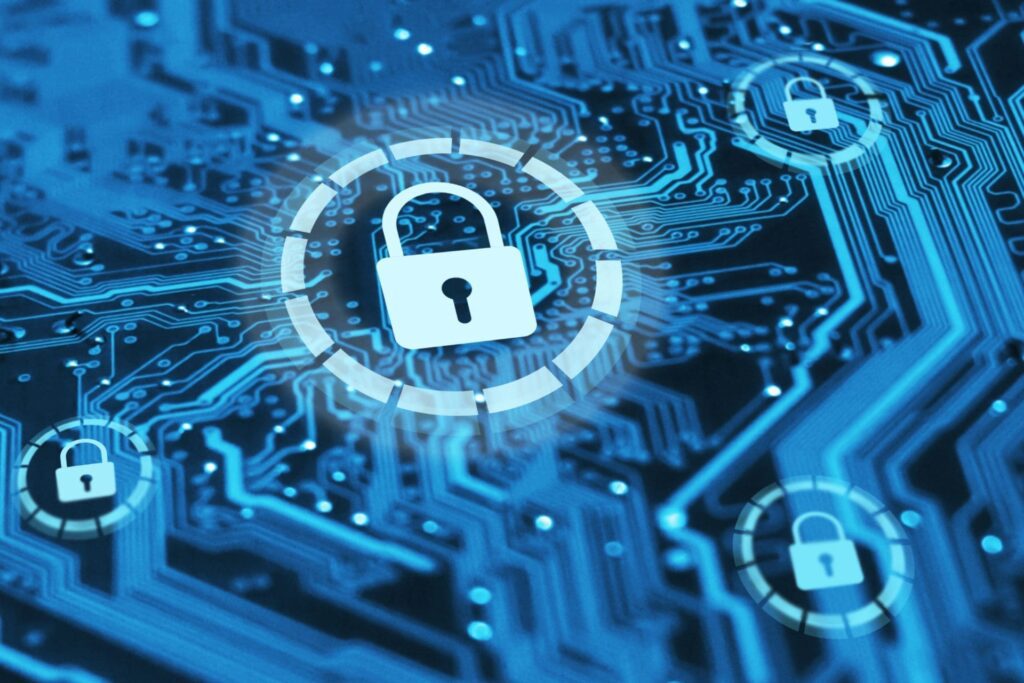In today’s rapidly evolving digital landscape, staying ahead of cyber threats isn’t just about the latest tools or software—it’s also about understanding the systems your organisation relies on. Two critical but often overlooked concepts in cybersecurity are End-of-Life (EOL) systems and Legacy systems. While both involve older technologies, the risks, support levels, and management strategies for these systems differ significantly.
Understanding the difference between end of life and legacy cyber security is essential for protecting sensitive data, maintaining compliance, and ensuring business continuity. In this article, we will explore their distinctions, cybersecurity implications, and how to manage each effectively.
What Is an End-of-Life (EOL) System in Cyber Security?
An End-of-Life (EOL) system refers to software or hardware that has reached the point where its manufacturer no longer offers updates, patches, or technical support. This occurs when a vendor discontinues a product, often due to technological advancements or shifting business priorities.
Why Does This Matter?
Once a system reaches EOL status, it becomes highly vulnerable to cyber threats, as any future security vulnerabilities discovered will remain unpatched. Hackers often target these systems, knowing they are no longer supported.
Common Reasons for EOL Status:
- Emerging Technology: Newer systems render older ones obsolete.
- High Maintenance Costs: Supporting outdated systems becomes too expensive.
- Resource Prioritisation: Vendors focus on more advanced, modern solutions.
Example: Microsoft ended support for Windows XP in 2014. Despite this, many organisations continued using it, leaving themselves exposed to vulnerabilities like the WannaCry ransomware attack.
What Is a Legacy System in Cyber Security?
A Legacy system is an outdated but still functional system that continues to receive limited vendor support, such as occasional patches or updates. These systems may no longer align with current technological advancements but can still operate securely if properly managed.
Key Characteristics of Legacy Systems:
- Receive limited support and patches.
- Struggle to integrate with modern tools and technologies.
- Require specialised maintenance and security strategies.
Example: An older version of the Oracle Database that still receives updates but lacks compatibility with modern cybersecurity features.
8 Key Differences Between End of Life and Legacy Cyber Security
1. System Support: Full vs. Limited
- EOL Systems: No vendor support, patches, or updates.
- Legacy Systems: Receive occasional updates and patches.
2. Cybersecurity Risk Level
- EOL Systems: Extremely vulnerable due to lack of support.
- Legacy Systems: Manageable with regular security practices.
3. Vulnerability to New Threats
- EOL Systems: Exposed to all future cyber threats without defence.
- Legacy Systems: Can defend against some threats with ongoing updates.
4. Compliance Challenges
- EOL Systems: Likely violate regulations like GDPR, HIPAA, or PCI DSS.
- Legacy Systems: Can often meet compliance requirements with proper management.
5. Maintenance Costs
- EOL Systems: High due to security vulnerabilities and risk mitigation.
- Legacy Systems: Moderate but can increase over time.
6. Compatibility with Modern Tools
- EOL Systems: Often completely incompatible.
- Legacy Systems: Face challenges but can be integrated with effort.
7. Frequency of Cyber Attacks
- EOL Systems: Frequent targets due to known vulnerabilities.
- Legacy Systems: Less targeted but still require constant vigilance.
8. Urgency to Upgrade
- EOL Systems: Immediate transition recommended.
- Legacy Systems: Allow for phased upgrades over time.
Cybersecurity Risks of End-of-Life and Legacy Systems
Risks of End-of-Life Systems
- Unpatched Vulnerabilities: Open invitations for cybercriminals.
- Compliance Violations: Risk of hefty fines for non-compliance.
- Increased Attack Frequency: Higher chances of data breaches and ransomware attacks.
Risks of Legacy Systems
- Compatibility Issues: Difficult to integrate with new security measures.
- Increased Maintenance Costs: Higher long-term operational expenses.
- Reduced Productivity: Slower systems hinder efficiency.
Managing Legacy and End-of-Life Systems
How to Handle End-of-Life Systems
- Immediate Replacement: Transition to supported systems.
- Phased Migration: Start with critical systems.
- Data Transitioning Plan: Ensure secure data migration.
- Employee Training: Train staff on new systems.
- Adopt Cloud Solutions: Modern cloud platforms offer better scalability and security.
How to Manage Legacy Systems
- Regular Patching: Apply updates as soon as they are available.
- Network Segmentation: Isolate outdated systems from critical networks.
- Continuous Monitoring: Track for unusual activity using advanced security tools.
- Data Encryption: Protect sensitive data.
- Backup and Disaster Recovery: Establish regular backups to minimise downtime.
Transitioning From EOL Systems: Why It Matters
Continuing to use EOL systems poses severe cybersecurity threats. Transitioning from these systems ensures compliance, reduces vulnerabilities, and safeguards business continuity. Modern solutions like SolixCloud Application Retirement help decommission legacy systems efficiently, supporting structured and unstructured data.
Upgrading Legacy Systems: Strategic Considerations
- Cost-Benefit Analysis: Weigh potential upgrade costs against cybersecurity risks.
- Incremental Upgrades: Start with critical components.
- Future-Proofing: Invest in scalable solutions that accommodate future growth.
Conclusion
Understanding the difference between end-of-life and legacy cyber security systems is crucial for any business navigating today’s digital landscape. While legacy systems can be managed securely with the right strategies, EOL systems pose significant risks and should be replaced immediately.
Transitioning from outdated technology is no longer optional; it’s a necessity for safeguarding sensitive information, maintaining compliance, and ensuring operational continuity. By staying proactive, businesses can strengthen their cybersecurity posture and stay ahead of potential threats.
Need help managing your legacy systems or transitioning from EOL systems? Contact cybersecurity experts today to protect your business from evolving threats.


